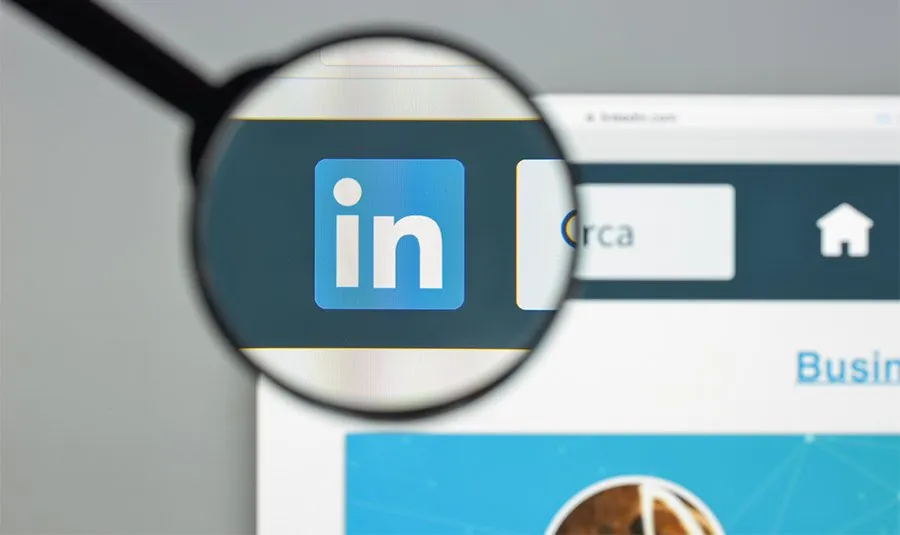Why Your LinkedIn Message Response Rates Are So Low

LinkedIn has become one of the hottest tools for outbound prospecting via the InMail future. On the surface, it seems like a great idea – there’s overall less traffic than in email, and with over 500 million users, 40% of whom check in daily, it’s one of the fastest growing social media sites both in terms of numbers and activity. But far too often, sales reps who prospect through LinkedIn consistently ruin their opportunities through lack of preparation, relying on the numbers game of a mass blast of messages that cripples response rates and destroys any hope of adding to your pipeline. The following are some of the most critical errors sales reps are making in LinkedIn messaging.
- Sales reps aren’t pre-qualifying the people they send LinkedIn messages to.
Before you send a message to what you think is a LinkedIn lead, check their profile and do a little research to determine if they’re actually a qualified prospect. Oftentimes, sales reps are just targeting a specific job title, without taking into consideration whether their product or service actually fits the company or contact’s needs. - The messages are boilerplate templates, generic and with no reference to the specifics of the recipient.
This is the most widespread problem seen with InMail email blasts. There’s a lot of copy/pasting of basic templates, with no reference to the contact’s company or how the sales rep’s offering addresses a specific issue. At best, there’s an auto-personalization included in the greeting. While personalizing emails is important, as we’ve said before in regards to subject lines, that in and of itself isn’t enough.You want to make sure that you’re tailoring the message to your lead’s situation. Yes, it takes more time, thought, and effort, but it’ll show that you’re not just en masse copy/pasting and sending. Much potential business and conversion from lead to prospect is lost because the InMail recipient recognizes this is just part of a generic, mass messaging campaign, with no care taken to demonstrate that they’re being valued or that the sales rep has put any real effort into illustrate the value of their product or service. - It’s clear nobody’s proofread the message.
Most surprising, many sales reps don’t proofread their InMails before sending them out. As a result, basic language issues like spelling, grammar, and punctuation crop up. And when this happens, a sales rep has effectively torpedoed the relationship even before it has a chance to begin. The best you can hope for when you haven’t carefully checked your message before sending is that your lead will think less of your credibility and professionalism, which is a bad way to start the relationship. At worst, you’ll be written off as incompetent and can forget ever getting a response from them. Before sending, paste your text in Word or Google Docs and do a spelling/grammar check at minimum. A better idea would be to send the draft to one of the top writers in your organization and ask them to take a quick look at it. This is one of the easiest mistakes to avoid, yet too many sales reps fall into the trap anyway. - You’re sending it to the wrong person.
Frequently, sales reps are contacting the wrong people – ones who don’t have the necessary authority, or who aren’t decision makers. While this is also a problem outside of LinkedIn Messaging – hence the suggestion in many quarters to aim higher up the ladder when trying to connect with a prospect – in messaging, the error is often compounded by the additional malus of one or more of the above mistakes. And of course, in sales, contacting the wrong person – no matter what the medium – can lead to a delayed sales cycle, or a seeming sure close fizzling into nothing.
LinkedIn messaging is a wonderful addition to your prospecting arsenal, but if you or your sales team are making the fundamental errors outlined here, you’re squandering a rich vein of opportunity. Review your processes today to make sure you’re not getting caught in these simple, easily avoidable mistakes, and your LinkedIn mining will be more fruitful, enriching your sales pipeline.

- Account Planning (11)
- Awards (49)
- Client Testimonial (37)
- Personal Branding (19)
- Podcast (11)
- Research (70)
- Sales Career Development (87)
- Sales Coaching (156)
- Sales Consulting (137)
- Sales Culture (170)
- Sales Enablement (354)
- Sales Leadership (110)
- Sales Management (248)
- Sales Negotiation (16)
- Sales Prospecting (124)
- Sales Role-Playing (18)
- Sales Training (234)
- Selling Strategies (263)
- Soft Skills (70)
- Talent Management (94)
- Trusted Advisor (27)
- Virtual Selling (49)
- Webinar (9)


























